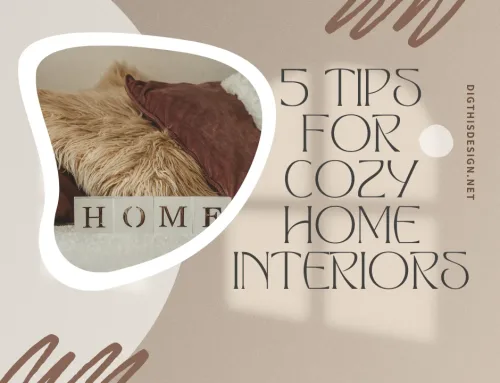When it comes to human relationships, various factors contribute to their dynamics and outcomes. One intriguing and often overlooked factor is the role of color psychology. Colors have a profound impact on our emotions, behaviors, and perceptions, which in turn can influence our interactions with others. In this article, we’ll delve into the fascinating world of color psychology and its effects on relationships.
Color Psychology and the Human Relationship

The Power of Colors in Emotional Expression
Colors have the ability to evoke a wide range of emotions. Different shades can convey feelings of warmth, tranquility, excitement, and even aggression. In relationships, the choice of colors can be symbolic of the emotions that individuals want to express or evoke. For instance, warm and vibrant colors like red and orange are often associated with passion, love, and energy. These colors might find their way into romantic gestures, intimate settings, and even gifts.
On the other hand, cooler colors like blue and green tend to evoke a sense of calmness and tranquility. These shades can create an atmosphere of relaxation and open communication, which are crucial aspects of healthy relationships. For instance, couples seeking to resolve conflicts might choose neutral and soothing colors for their surroundings to promote productive discussions.
Color Preferences and Personality Traits
Our preferences for certain colors are often linked to our personality traits. These preferences can shape how we perceive others and how we are perceived in return. People with similar color preferences might find it easier to connect and bond, as shared aesthetic tastes can create a sense of familiarity and common ground.
For instance, individuals who prefer bold and vibrant colors might be perceived as outgoing and adventurous. This could lead them to form relationships with people who share similar characteristics or appreciate their boldness. Conversely, those who gravitate towards softer and muted colors might be seen as gentle and introspective, attracting individuals who value these qualities.
Cultural and Contextual Influences
Color associations are also heavily influenced by cultural and societal contexts. What is considered romantic or appropriate in one culture might not hold the same meaning in another. For instance, in Western cultures, white is often associated with purity and weddings, while in some Eastern cultures, white is associated with mourning and funerals.
Being mindful of these cultural nuances is crucial, especially in intercultural relationships. Misunderstandings arising from conflicting color meanings can be mitigated by open conversations about personal and cultural interpretations of color choices.
Creating Mood and Ambiance
The colors used in shared spaces can greatly impact the mood and ambiance of a relationship. Intimate spaces can benefit from warm, soft hues that encourage relaxation and emotional connection. For example, a bedroom adorned with shades of pink or soft lavender can create a soothing environment that fosters intimacy and affection.
Conversely, common areas where couples engage in activities together, such as the living room or kitchen, might benefit from energetic and stimulating colors like shades of yellow or vibrant red. These colors can invigorate conversations, encourage playfulness, and enhance shared experiences.
Conflict Resolution and Emotional Well-being
Color psychology can also play a role in conflict resolution and emotional well-being within relationships. During times of tension, the choice of colors in the environment can influence the tone of discussions and potentially alleviate stress. Soft and cool colors can have a calming effect, making it easier to approach difficult conversations with a sense of understanding and empathy.
Individuals can also harness the power of colors to improve their own emotional well-being, which ultimately contributes to healthier relationships. Wearing colors that evoke positive emotions can boost self-confidence and mood, leading to more constructive interactions with others.
The Importance of Balance
While color psychology offers valuable insights into how colors can affect relationships, it’s essential to remember that individual preferences vary. What holds true for one person might not hold true for another. Achieving a balance between personal color preferences and the need to consider a partner’s preferences is key to creating a harmonious living environment.
In conclusion, color psychology is a fascinating aspect of human relationships that often goes unnoticed. Colors have the power to influence emotions, personality perceptions, and the overall ambiance of shared spaces. By understanding the impact of color choices and being mindful of cultural and personal preferences, individuals can harness the potential of color psychology to enhance their relationships and create meaningful connections. So, the next time you’re redecorating your space or choosing an outfit for a special occasion, consider the colors you’re drawn to and the emotions they might evoke – you might just be on your way to strengthening your relationships in ways you never thought possible.
Other posts you might enjoy:
Interior Design – How it Affects Human Behavior
5 Ingenious Ways to Add Colors and Flair to Your Kitchen Space





